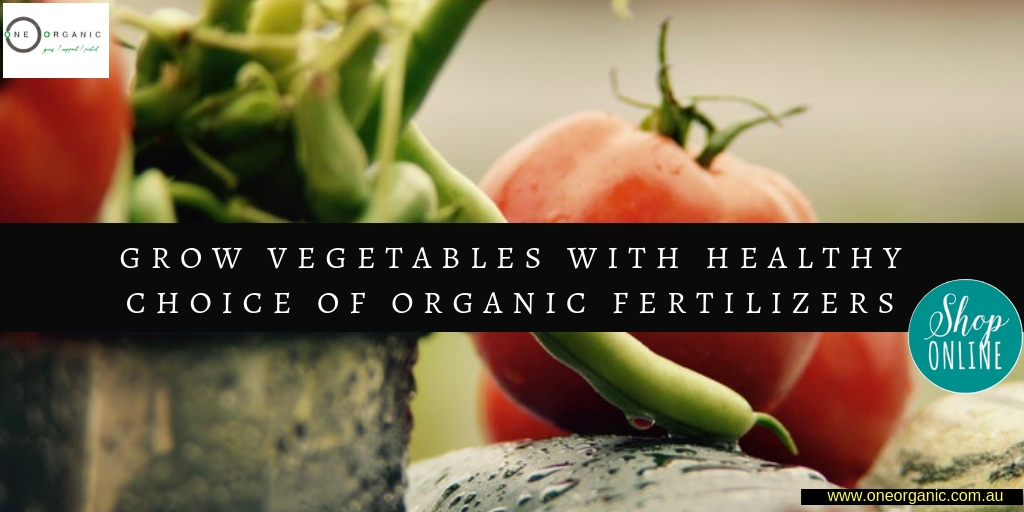Following on from my previous post on the history of One Organic’s Effective Microorganism EM development its important to note that the director came from an industrial engineering and science background so he was well versed in the benchmark testing that would be required to ensure that the final products had solid integrity. The following steps list the process that was defined to produce the desired outcome.
- Research how other companies produced their EM’S
- Identify the world leaders in their area of production.
- Travel to the various producers and have conversations with microbiologists
- Speak to Universities and other scientific organisations to discuss benchmark testing methods and how field / in house trials could take place.
- Once these structures and procedures were documented and agreed upon commence the trials.
- Step 1: Produce stable and effective microorganism’s
- Step 2: Find ways to extend the shelf life of the product and insure potency
- Step 3: Have the bacteria scientifically tested to identify the species and numbers and stress test the product to insure its viability over time.
- Step 4: Once the scientific results were available commence an inhouse trial.
- Step 5: An inhouse trial commenced in the organic vegetable nursery in Byron Bay whereby one batch of seedlings was given the EM’s over the duration of 1 month and it was compared to another batch of organic seedlings that were not grown using the inhouse EM’s
- Step 6: Time lapse cameras were setup to monitor the progress of both the batches so that comparison studies could take place.
- Step 7: Both batches were had identical varieties to see if there would be differing results across multiple varieties. Initially the varieties were confined to veggies mostly soft leaf with some brassicas.
- Step 8: After one month the soft leaf veggies were inspected and benchmarked for size / health and root development and the conclusion was they the ones that were given the effective microorganisms produced inhouse were more abundant / healthier / advanced more quickly and had better root development. Aside from these results it was also determined that the plants seemed to use less water and be more resilient to the heat.
- Step 9: One Organic wanted to see the effect of the effective microorganisms on the brassica’s AND the results were the same as with the soft leafy varieties.
To be cont…
Here are the latest updates and exclusive offers awaiting for you, Follow us on social media : Facebook, Twitter, Pinterest!

